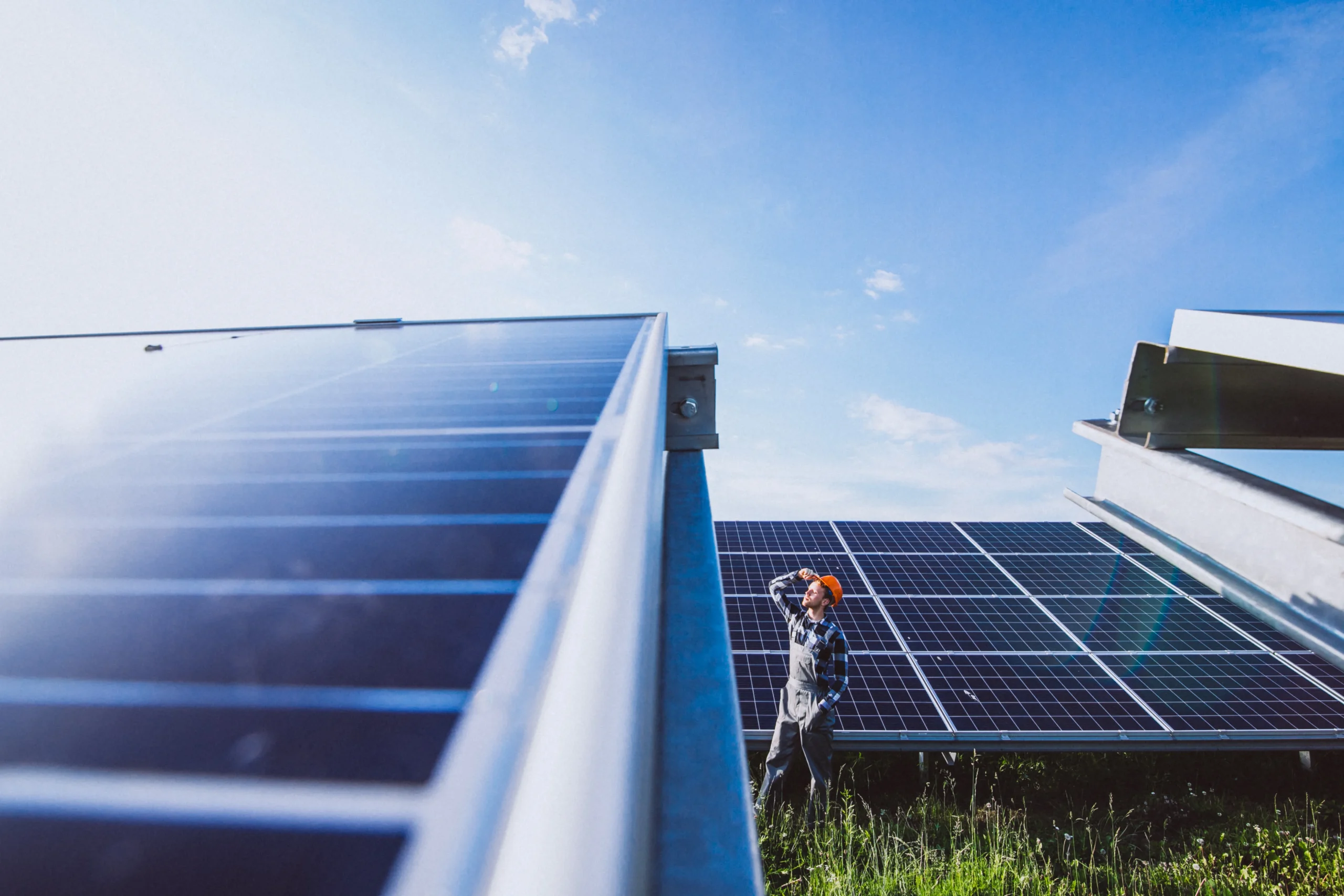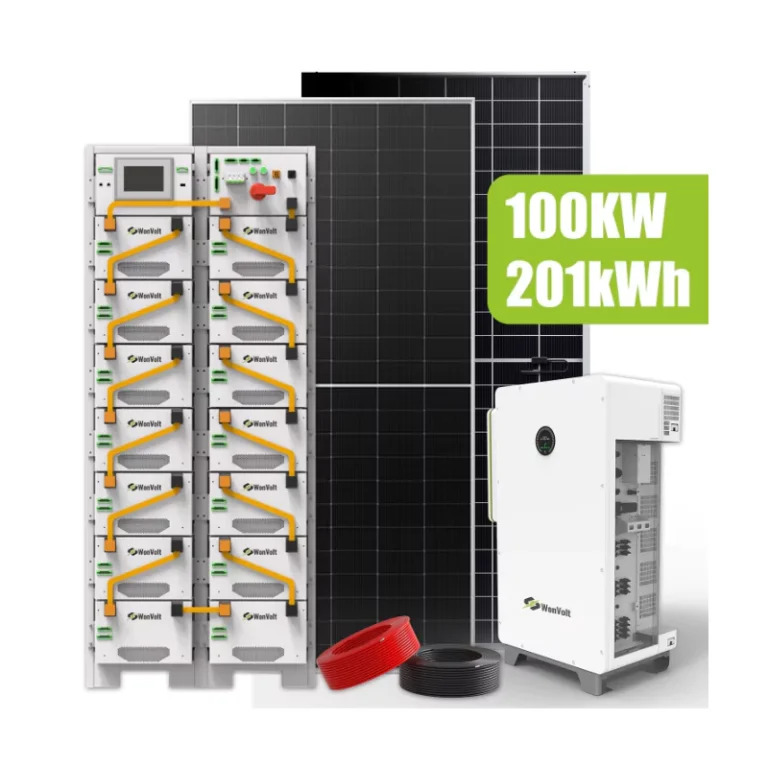Сонячна енергія стає надзвичайно популярною для зеленої енергії на заводах та великих підприємствах. Це кращий вибір для чистої енергії. Але сонячні панелі найкраще працюють з яскравим сонячним світлом. Що відбувається, коли є хмарно, тіньово або хмарно? Чи можуть вони взяти владу? Це велика справа для промислові системи що потребують постійної енергії. Давайте вивчимо, як сонячні панелі працюють в різному світлі, прохолодні технології, які допомагають їм сяяти в темних умовах, і прості поради, щоб тримати їх працюють добре на заводах.

Розуміння функціональності сонячних панелей
У серці кожного сонячні панелі є фотоелектричним (PV) елементом. Він перетворює сонячне світло на електроенергію. Ось як це працює: сонячне світло вражає фотоелектричні клітини. Це змушує електрони рухатися. Це створює електричний струм. Яскраве сонячне світло є найкращим для створення великої кількості енергії. Але сонячні панелі все ще можуть працювати з непрямим або розсіяним світлом.
Кількість енергії залежить від того, наскільки сильне і чітке світло. Пряме сонце дивно для максимальної енергії. Але навіть в хмарні дні або в тіні панелі роблять деяку енергію. Просто не так багато. Для заводів це важливо, тому що потреби в енергії можуть змінюватися з погодою.
Сонячні панелі в умовах низького освітлення
Вплив хмарного покриття та хмарного неба
Хмарні дні скорочуються прямим сонячним світлом. Але сонячні панелі все ще можуть захоплювати розсіяне світло. У середньому вони працюють на 10-60% від нормальної потужності, коли є хмарно. Це залежить від того, наскільки товстими є хмари. Товстіші хмари блокують більше світла.
У великих заводських системах це може означати менше енергії. Особливо в великих сонячних фермах, які потребують стабільного сонця. Але новіші панелі, наприклад, з наполовину розрізаними клітинами або двосторонньою технологією, зроблені для того, щоб ловити більше світла. Навіть якщо він не ідеальний.
Виконання під час дощу та снігу
Хмари дощу блокують сонячне світло. Це знижує виробництво енергії. Сам дощ не шкодить панелям. Насправді, це може допомогти, вимиваючи пил або бруд. Це дозволяє панелям працювати краще. Але сильні хмари з дощем можуть скоротити енергію на 40-90% в порівнянні з сонячними днями.
Сніг відрізняється. Холодна погода насправді може допомогти панелям. Чому? Нижчі температури запобігають панелям занадто гарячим. Тепло може знизити їх роботу. Якщо сніг накопичується, він блокує сонячне світло. Але панелі зазвичай нахилені. Отже, сніг слізгає. Трохи снігу не шкодить багато. Іноді він навіть відбиває світло на панелі, надаючи невеликий стимул.
Тінь від дерев і будівель
Тінь є великою проблемою для сонячних панелей. Навіть невелика тінь може значно знизити енергію. Наприклад, одна затінена панель може зіпсувати цілу групу. Особливо якщо ви використовуєте центральний струнний інвертор. Цей інвертор обробляє потужність всіх панелей. Якщо одна панель слабка, вона втягує всю систему.
Для виправлення цього новіші системи використовують мікроінвертори або оптимізатори потужності. Кожна панель працює самостійно. Тінь на одній не завдає шкоди іншим. Це надзвичайно корисно для заводів з тіню від будівель або дерев весь день.
Технологічні адаптації для низької ефективності освітлення
Сонячні технології останнім часом стали набагато кращими. Це допомагає панелям працювати в темному світлі. Ось деякі круті оновлення:
Напівклітинні та двосторонні сонячні панелі
Панелі з половиною клітини розрізані наполовину. Це зменшує вплив тіні. Вони ловлять більше світла, навіть якщо частина панелі покрита. Це як розділити бутерброд, щоб поділитися - кожна половина все ще працює.
Двіобличчя панелі Вони ще холодніші. Вони захоплюють світло з обох сторін. Не тільки пряме сонце. Вони також ловлять світло, що відбивається з землі або сусідніх будівель. Для заводів ці панелі надають більше енергії в тінних або хмарних місцях.
Мікроінвертори та оптимізатори потужності
Мікроінвертори - це невеликі інвертори на кожній панелі. Вони дозволяють кожній групі працювати самостійно. Отже, тінь або бруд на одній панелі не спустошує решту. Оптимізатори потужності роблять щось подібне. Вони підвищують силу кожної панелі.
Це чудово підходить для великих заводських систем. Чому? Фабрики часто мають великі сонячні групи з різними умовами світла. Ці інструменти дозволяють кожній панелі працювати наполегливо, навіть в хмарні дні.
Рішення для зберігання енергії
Фабрики потребують стабільної енергії. Але хмари або ніч можуть скоротити сонячну енергію. Зберігання енергії, як і батареї, допомагає. Вони економлять додаткову енергію, створену в сонячні часи. Використовуйте його при низькому світлі, наприклад, в хмарні дні або вночі.
Це важливо для заводів, які постійно потребують енергії. З сонячними системами WonVolt додавання батарей робить енергію стабільною і надійною, незалежно від погоди.

Кращі методи максимізації сонячної енергії в промислових умовах
Оптимальне розміщення та орієнтація панелі
Щоб отримати максимум сонячного світла, розміщуйте панелі правильно. У більшості місць, зверніть їх на південь (якщо ви знаходитесь в північній половині світу). Нахиліть їх, щоб відповідати широті вашого місця розташування. Це отримує найбільше сонця, навіть рано або пізно в день, коли сонце нижче.
На заводах уникайте місць, де будівлі або дерева кидають тіні. Наприклад, покладіть панелі на високі дахи далеко від високих конструкцій. Вони тримають їх на сонці довше.
Регулярне обслуговування та очищення
Тримання панелей чистими надзвичайно важливо. Пил, бруд або листя можуть блокувати сонячне світло. Це знижує енергію. У пильних або забруднених місцях часто чистіть панелі. Використовуйте воду або м'яку тканину, щоб обережно витрати їх. Це дозволяє їм працювати добре.
Наприклад, завод поблизу жвавої дороги може швидко отримати бруд. Чищення кожен місяць або два допомагає панелям залишатися міцними.
Моніторинг та аналіз продуктивності
Використовуйте інструменти моніторингу, щоб перевірити, як працюють панелі. Вони виявляють проблеми, такі як тінь, бруд або зламані частини. Це дозволяє швидко виправити речі, перш ніж вони пошкодять вихідну потужність. Системи WonVolt часто поставляються з моніторингом. Це як мати спостерігача для вашої сонячної установки.
Наприклад, якщо дерево росте і затінює ваші панелі, монітор його поймає. Ви можете обрізати дерево, перш ніж це стане великою проблемою.
Висновок
Сонячні панелі можуть працювати без прямого сонячного світла. Але їх потужність залежить від таких речей, як хмари, тінь і погода. Вони роблять менше в неприємних умовах. Але нові технології, такі як напівклітинні панелі, двосторонні панелі, мікроінвертори та батареї, допомагають їм працювати краще.
Для заводських енергетичних систем важливо знати, як панелі працюють в різному світлі. Використовуючи правильні технології, зберігаючи панелі чистими і налаштовуючи їх розумно, підприємства можуть зберегти свої сонячні системи сильними. Навіть коли сонце приховується. Хочете підвищити енергію вашої фабрики? WonVolt пропонує акуратні сонячні рішення, зроблені для темного світла. Досягніть, щоб дізнатися, як їх технологія може підтримувати ваш бізнес.
Часто задані питання
Q1. Чи можуть сонячні панелі працювати в хмарні дні?
Відповідь: Так, сонячні панелі все ще можуть виробляти електроенергію в хмарні дні, але їх ефективність може зменшитися до близько 10% до 60% від їх нормальної потужності, залежно від щільності хмари.
Q2. Чи впливає тінь на продуктивність сонячних панелей?
Відповідь: Так, навіть часткове затінення може значно зменшити ефективність сонячних панелей. Такі технології, як мікроінвертори або оптимізатори потужності, можуть допомогти пом'якшити вплив затінення на окремі панелі.
Q3. Як зберігання енергії може допомогти сонячній енергії в хмарні дні?
Відповідь: Системи зберігання енергії зберігають надлишкову енергію, створену в сонячні періоди, і випускають її, коли сонячного світла недостатньо, забезпечуючи постійне живлення навіть в хмарні дні або вночі.

